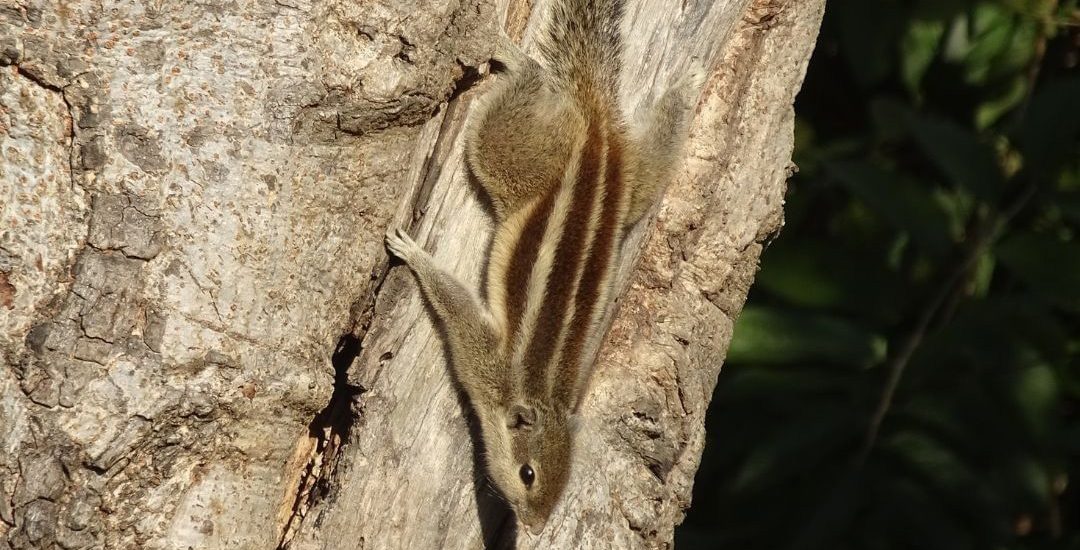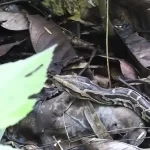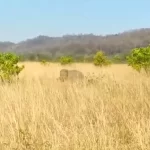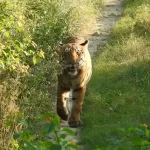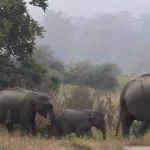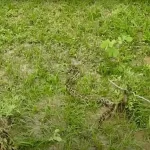Rodents occur across a vast number of habitats on all continents except Antarctica. They have adapted to a variety of ecosystems including temperate and tropical forests, grasslands, swamps, deserts and islands. As many as 40% of all known mammal species are rodents. Many of the rodents live in underground burrows and some have adapted to an arboreal lifestyle.
Rodents form a large prey base for many kinds of creatures including mammals, birds, reptiles and amphibians. Rodents are also agents of seed-dispersal and result in expansion of flora on species level and at habitat level. Seeds form a major part of the diet of many species of rodents including arboreal species like squirrels. Rodents that burrow in the ground, like mice, rats, vole etc. help with soil aeration resulting in the growth of flora through fertilisation of soil and also help in syncing of carbon deposits. Burrows allow water to flow in these underground channels and the oxygen thus carried helps with the root growth of plants. Rodents help spread underground fungi which live in symbiotic relations with plants. Plant roots take nutrients from fungi and provide energy for their growth.
Like most inhabitants of the planet, rodents are threatened by factors, including habitat loss, land use conversion, use of heavy chemicals, insecticides and pesticides, erratic climatic changes, extreme weather events, global warming, exploitation for skin trade, human consumption, animal testing and pet trade.
There are more than a dozen species of rodents found in Corbett Tiger Reserve, including mice, tree mouse, rats, house shrew, squirrels, hare and porcupine. One of the best known and easily seen rodents of the area is the Five-striped Palm Squirrel. It occurs in a variety of habitats including open forests, edge of forest, orchards and rural landscape. This Five-striped Palm Squirrel was seen and photographed by the members of Jim’s Jungle Retreat naturalist team on a safari in Jhirna tourism zone.
